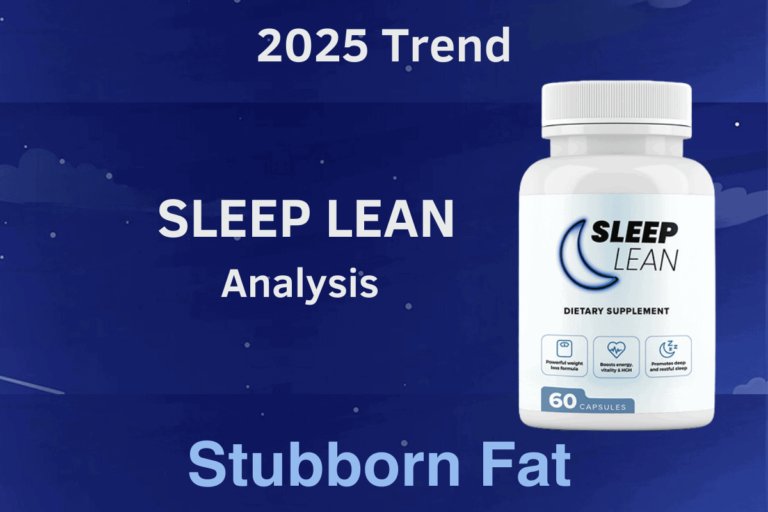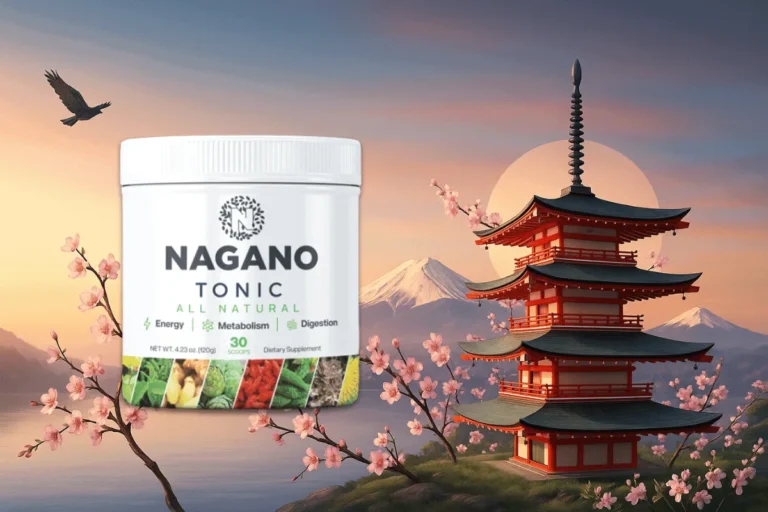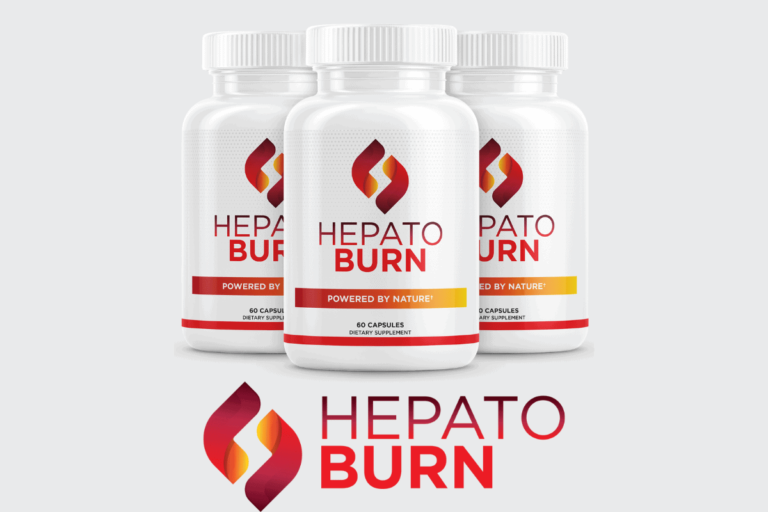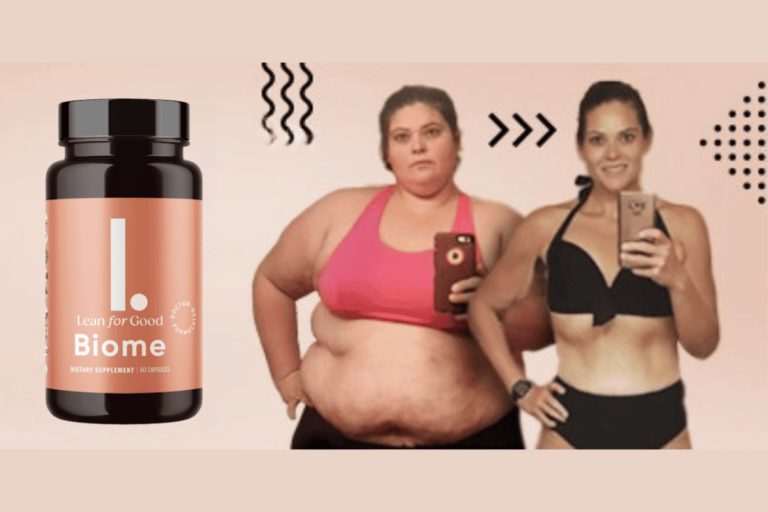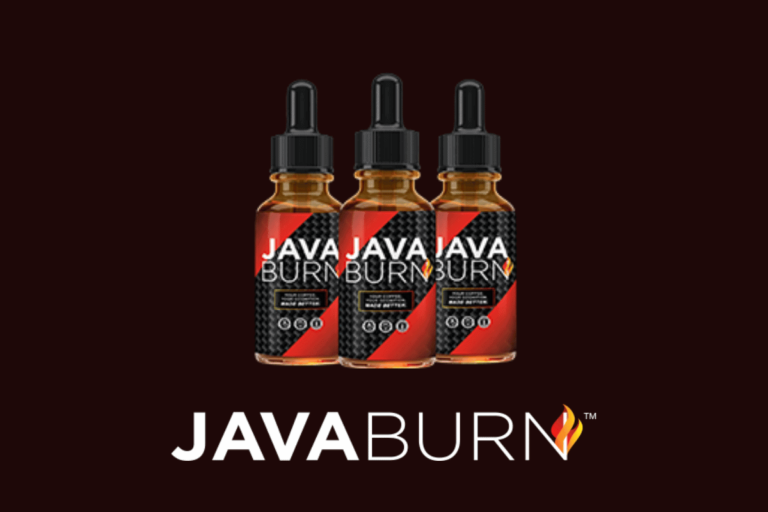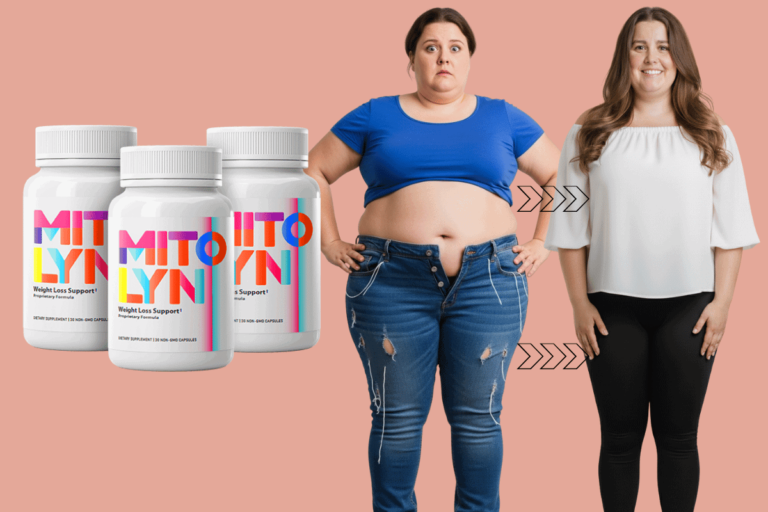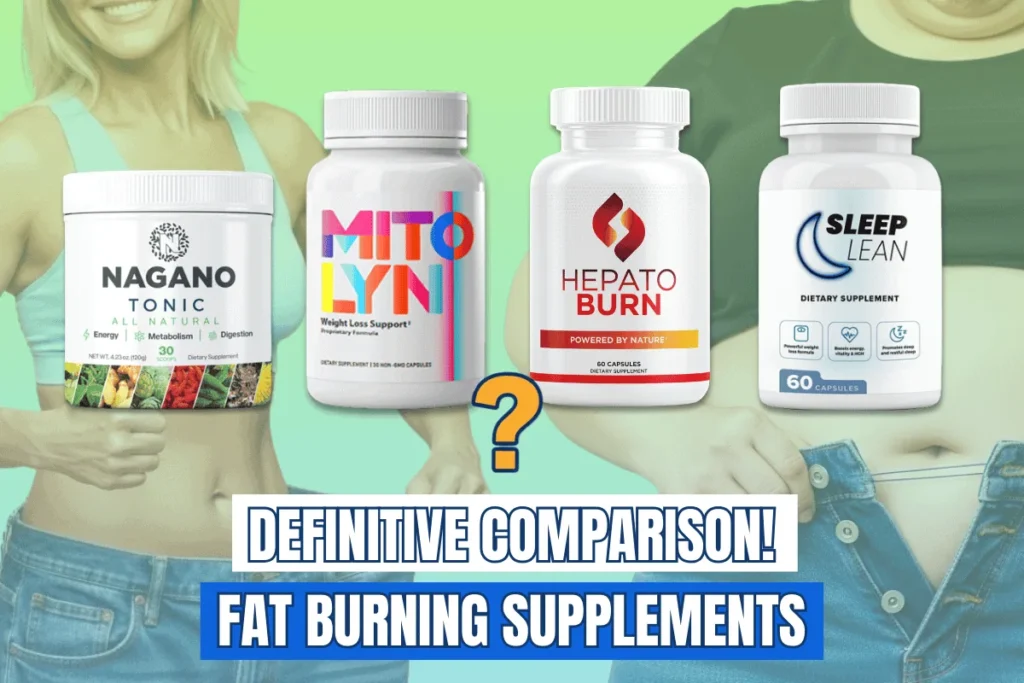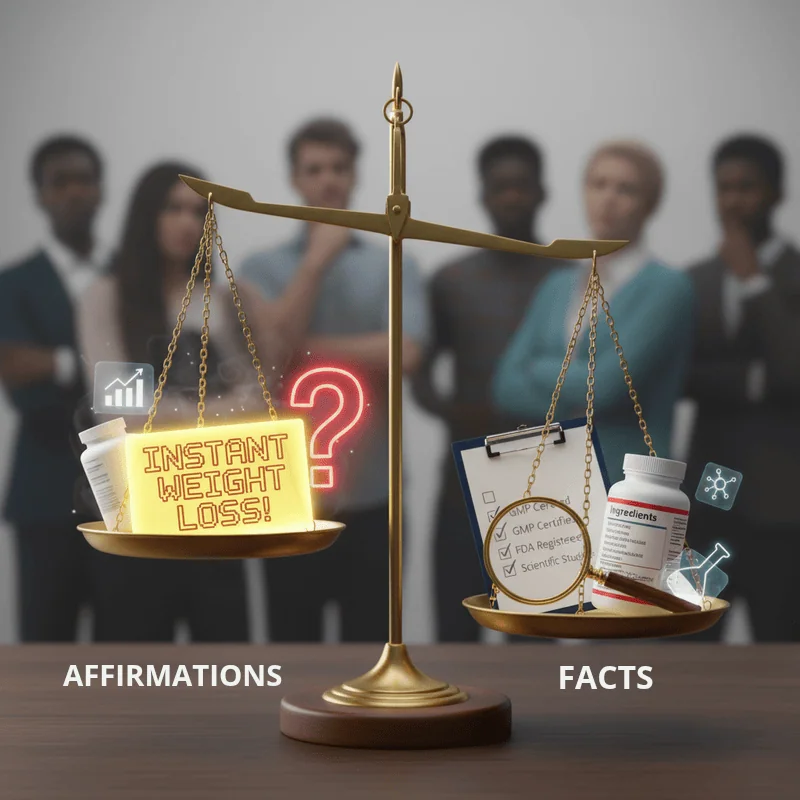
Fat Burning Supplements? How to Differentiate Those That Work from Scams.
The weight loss supplement market is saturated with bold promises and astonishing transformations.
Faced with such an avalanche of information, it’s natural to feel skeptical.
How can you tell if a product is a legitimate aid on your journey to a healthy weight or just a well-marketed scam? The answer isn’t in the promises, but in the facts.
Learning to analyze a supplement objectively is the best tool to protect your health and your money.
Here is a guide with the four pillars that distinguish a reliable product from a questionable one.
1. Ingredients with Scientific Backing
Advertising can be flashy, but science is clear. A quality supplement bases its formula on ingredients whose effectiveness has been studied.
Don’t be swayed by exotic names; research the components.
Generally, effective ingredients are grouped into several functional categories:
Metabolism Boosters (Thermogenics): Compounds that can slightly increase the body’s energy expenditure, helping to burn more calories even at rest.
Appetite Regulators: Ingredients, such as certain types of soluble fiber, that promote a feeling of fullness to help naturally control caloric intake.
Absorption Inhibitors: Substances that have the ability to limit the digestion or absorption of certain macronutrients, such as carbohydrates or fats.
Blood Glucose Stabilizers: Compounds that help maintain healthy sugar levels, which is key to mitigating cravings and reducing the signals that promote fat storage.
A trustworthy manufacturer will not only list these ingredients but will often explain which category they belong to and reference the scientific evidence that supports their mechanism of use.
2. Manufacturing in Certified Facilities (GMP and FDA)
Where and how is the supplement made? This question is as important as what it contains. The safety and purity of the product depend directly on production standards.
What to look for? Quality seals like Good Manufacturing Practices (GMP). This certification ensures that the product is manufactured consistently and under strict quality controls.
Additionally, look for supplements produced in FDA-registered facilities (U.S. Food and Drug Administration), which implies an additional level of oversight.
Red flag: Products with no clear information about their manufacturing location or that lack these key certifications.
3. Clear and Fair Return Policies
A company’s confidence in its own product is often reflected in its return policy. a solid guarantee shows that the manufacturer stands behind its claims and puts customer satisfaction first.
What to look for? A money-back guarantee of at least 30 or 60 days.
This gives you enough time to try the product and decide if it’s right for you without feeling pressured. The terms and conditions should be clear and easy to find.
Red flag: Non-existent, very short (less than 15 days), or confusing return policies with clauses that are difficult to meet.
4. Real and Verifiable Testimonials
Testimonials are a powerful marketing tool, but they can also be fabricated. Learning to distinguish authentic opinions is essential.
What to look for? Detailed reviews that discuss both the results and the overall experience (energy levels, side effects, etc.).
Look for testimonials on independent platforms, not just on the product’s official website. “Before and after” photos should look realistic, without drastic changes in lighting or posture.
Red flag: Overly generic comments (“It’s amazing!”, “It works!”), reviews without specific details, or a product page that only displays 5-star ratings.
Making an informed decision requires a critical eye and the right tools. By using these four pillars as your checklist, you can navigate the market with much more confidence.
Applying these same criteria, we have made a detailed comparative review of the most widely used natural supplements, analyzing their composition, efficacy and the opinions of those who have already tried them.
